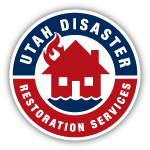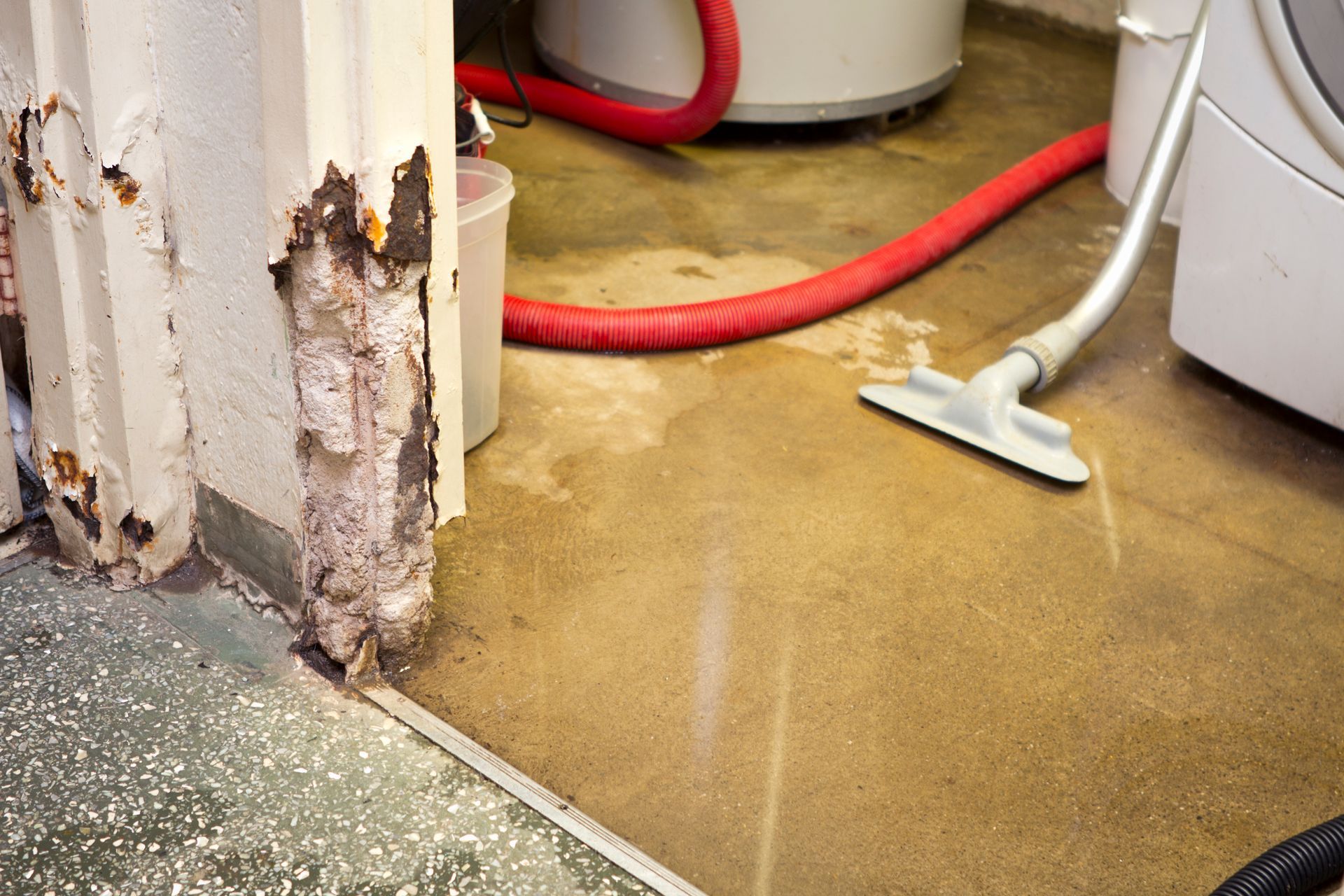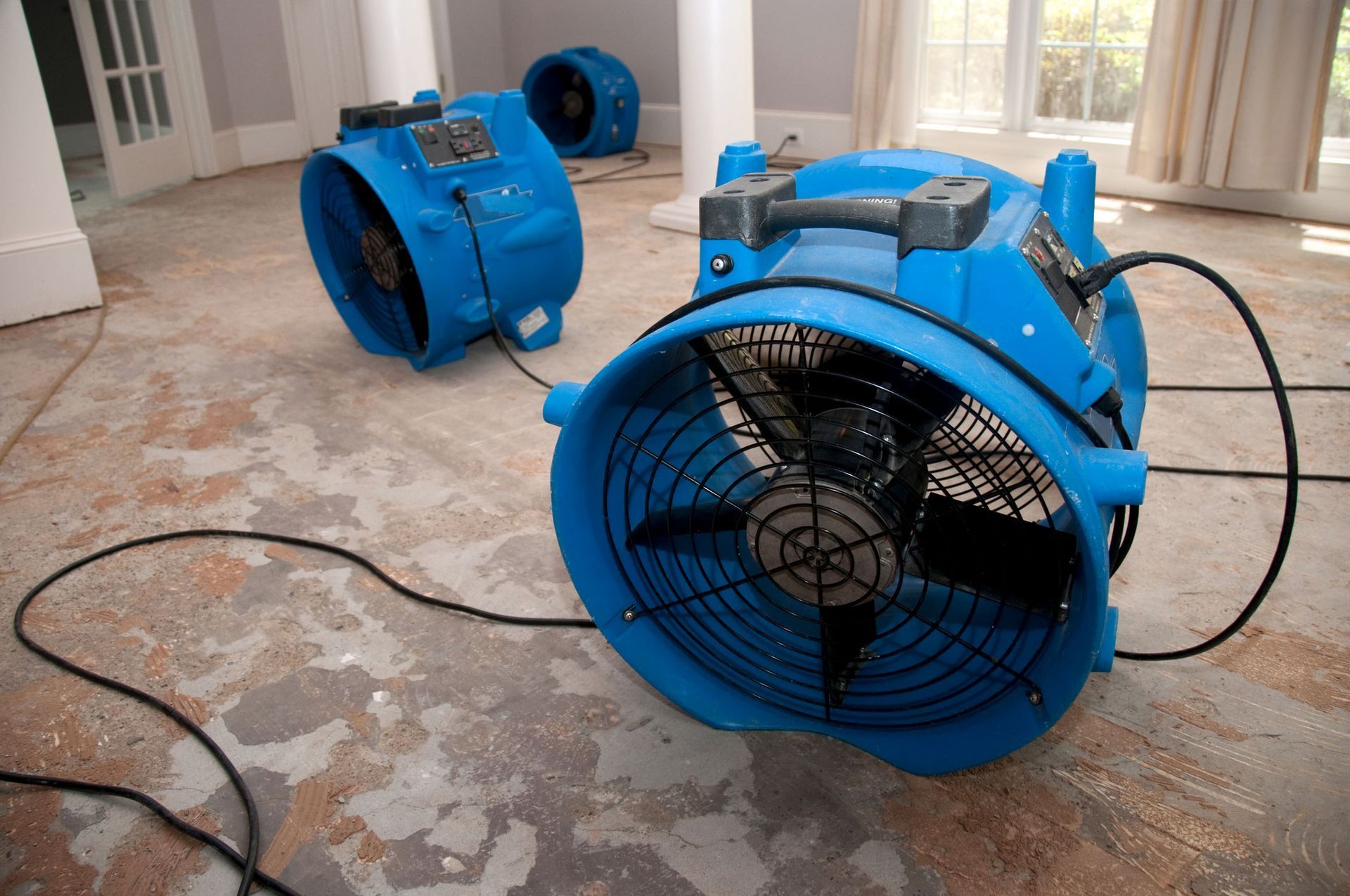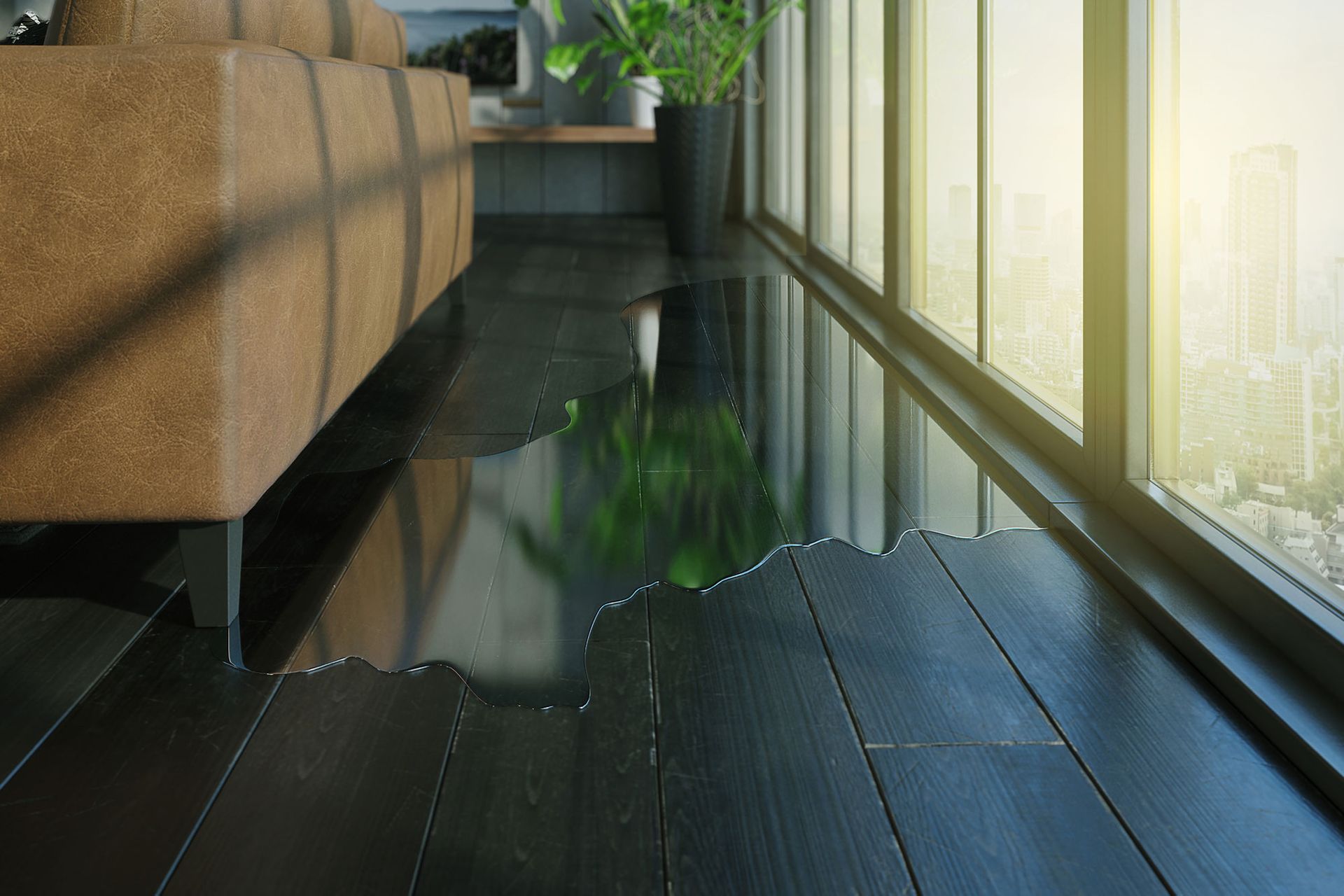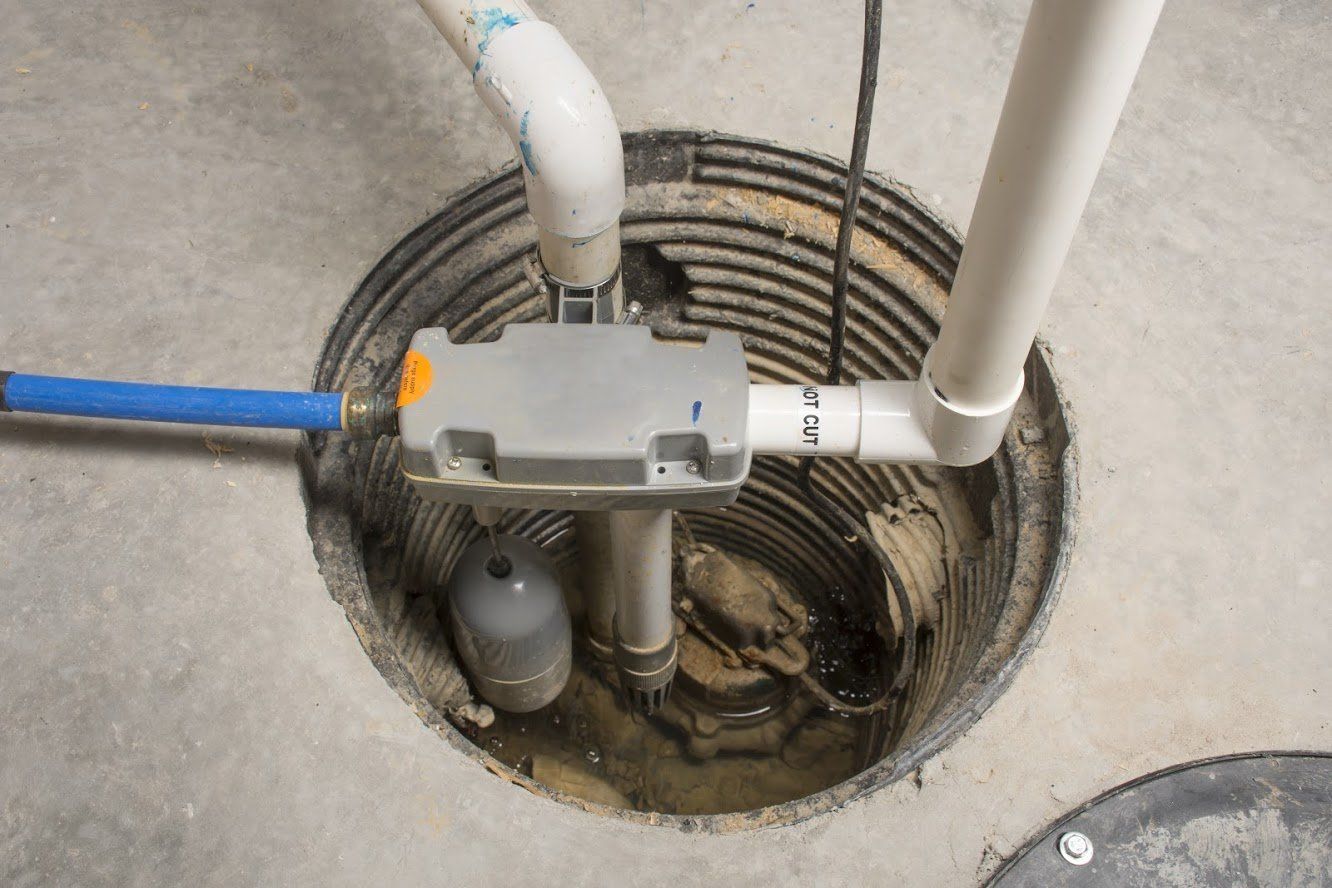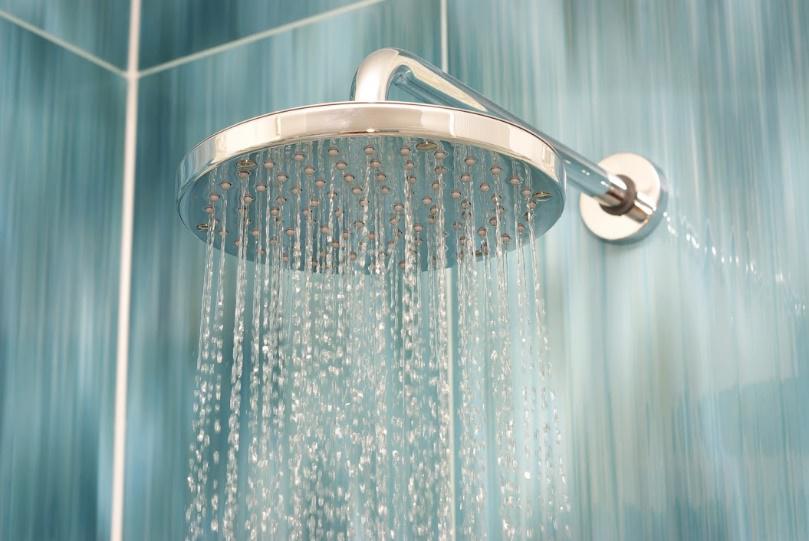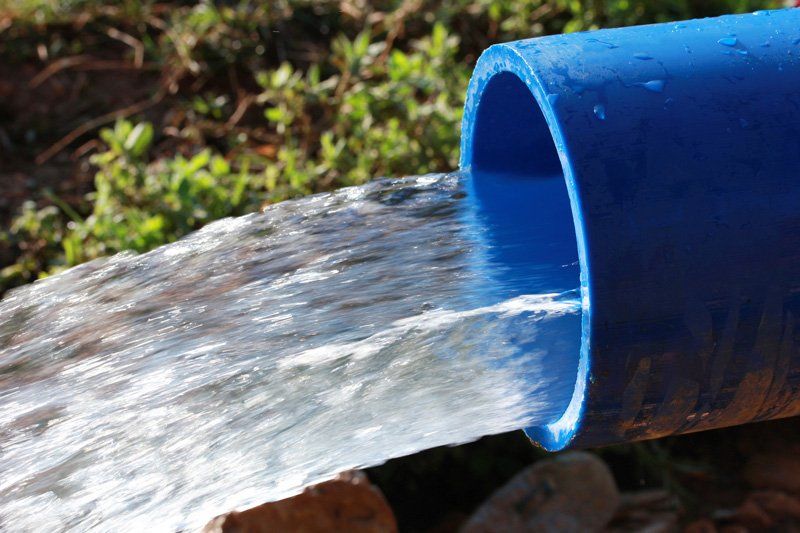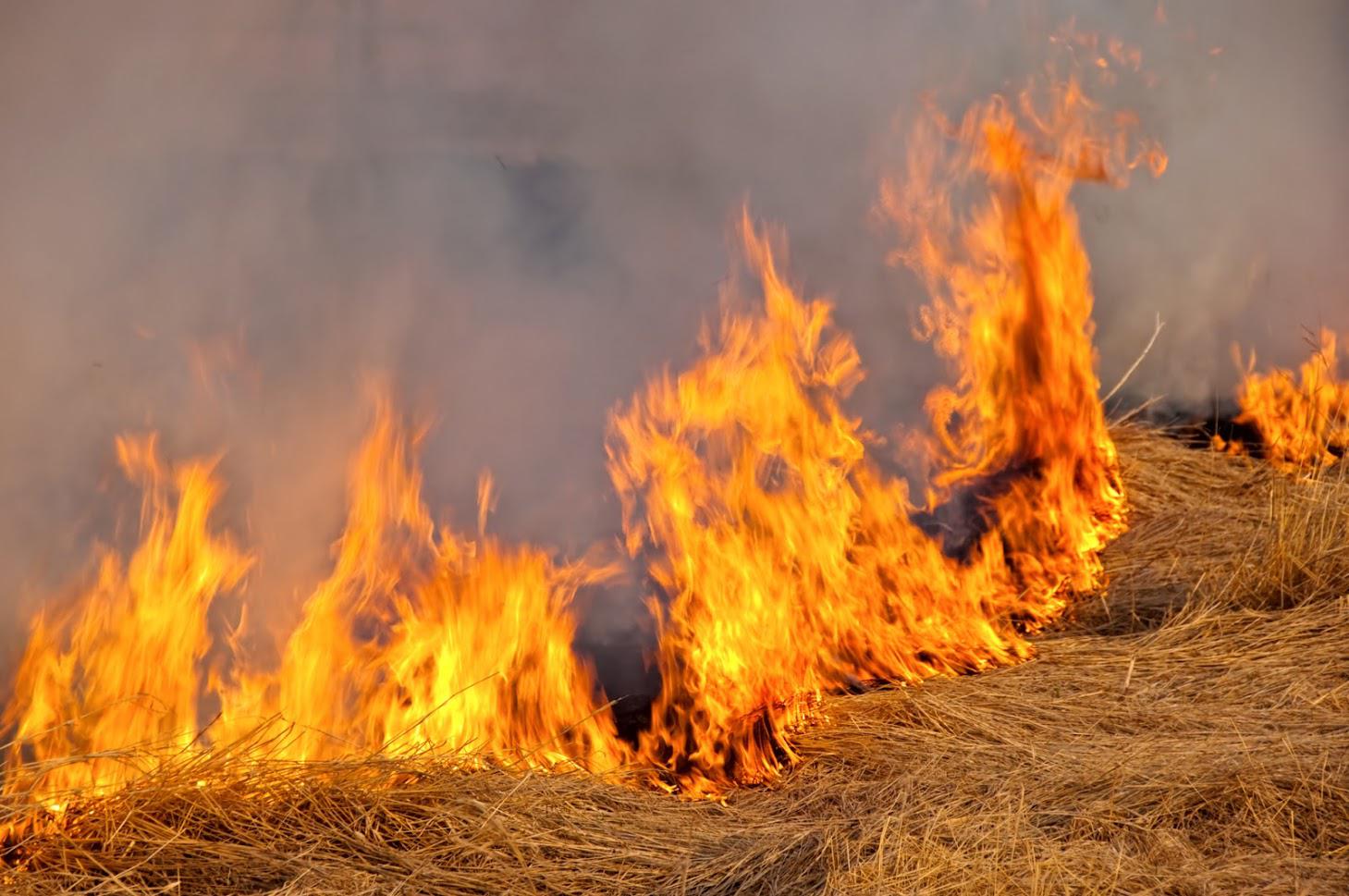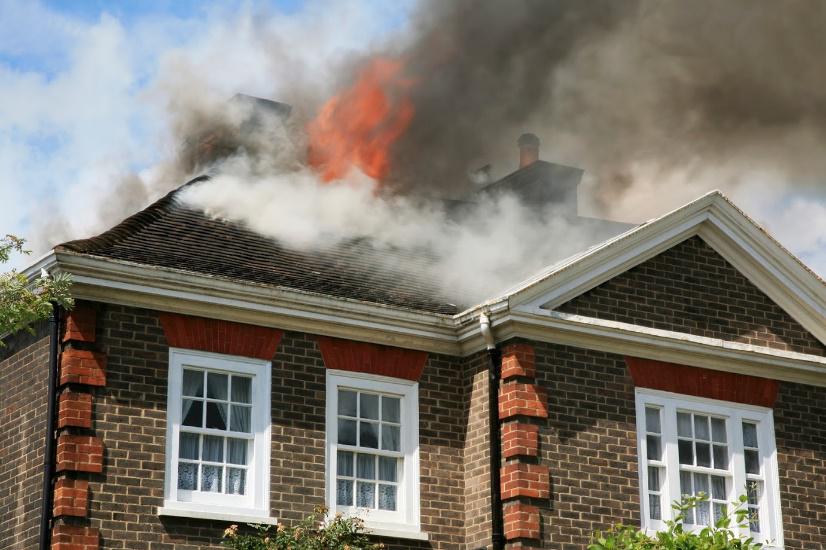Springtime Home Preparation Tips
With the coming good weather, we are all looking forward to getting out of our houses, shedding are winter coats and enjoying some beautiful spring weather. With this good weather comes the challenges of getting our homes and yards ready for the summer. Along with fertilizing the lawn and planting the flowers, if we take a few minutes to go over the following quick list of springtime home preparation tips we should have more time to play and less time spent with problems. The average home owner has between 80 to 1,000 gallons of water used in their homes each day. Wouldn’t it be great to prevent this water from going astray?
Let’s start with the outside of the home.
- Rain Gutters – Be sure that the downspouts for rain gutters are connected and the outlets are directed away from the home. Also check splash blocks to be sure that they are underneath the downspouts and are also directed away from the home. Inspect the inside of the rain gutters themselves and make sure they are clear of leaves and other debris. Rain gutters may be connected to gutter extensions. Check the ends of the gutter extensions and make sure they are properly connected and clear of obstructions. Rain gutters may also be connected to piping which takes the water under sidewalks or landscaping. Check the ends of this piping to be sure that it is clear and that nothing is blocking the ends or the “pop ups”, preventing the water from draining.
- Irrigation sprinklers -Turn on the main water supply for the irrigation sprinklers slowly.
Listen for the water to fill the pipes. Allow the pipes to fill completely. If water continues flowing into the pipes longer than expected, turn off the water and inspect for soft/wet areas in the landscape to see if the pipes may have broken somewhere during the winter months. When the pipes are completely filled, there should be no sound of running water.
Turn on each sprinkler zone, one at a time. Make sure the sprinkler heads are spraying away from the home and are not clogged or broken. Check for wet/damp areas in the landscaping as an indication of where a pipe may be broken. - Hose bibs -Before connecting the garden hose to the hose bib perform the following, simple test. Slowly turn on the water. Try to hold your thumb or palm of your hand against the flow of water. If you are able to hold the water back with your own strength, turn off the hose bib quickly and call a qualified plumber. If the water sprays on you during this test, it’s probably a good thing because it indicates that your water pipes don’t have any bad connections or leaks.
Now let’s look at the inside of the home starting in the Kitchen and Bathrooms. These are the most likely places for water damage to occur.
- Look behind the refrigerator. Is the connection to the ice maker dry and secure? Are there any unusual water spots on the floor? Look for any areas where water may have caused bubbling in wood or laminate surfaces. Dry dust bunnies under refrigerator can be a good thing because they indicate that water hasn’t gone astray under there. Soggy dust bunnies are a bad thing.
- Look under the sinks. Again, look for places were water may have been accumulating. Run water through the faucets and check for leaks on both the water supply pipes and the drain pipes. Look at the bottoms of the cabinets for any bubbling in the wood or other signs that water may have been there. Run garbage disposals and make sure they are working properly, do not have excessive vibration and do not have leaks while in use.
- Look under the dishwasher for signs of water. Check the water supply connection for dryness or signs of leaking. Also check the drain connection for leaks or dampness. The dishwasher drain line is usually connected to the garbage disposal.
- Look around the toilet bases for signs of water. Check the supply line for dryness and potential leaks. Flush the toilet, especially in areas which may not be used as often to make sure everything is working properly.
- Run the showers and make sure that the shower doors and curtains are keeping water in its place.
Balance of the Home
- Check the utility room. Look for draining water from water heaters, water softeners, dehumidifiers and HVAC units. Check drain lines to make sure that water from these appliances is draining properly down floor drains.
- Find the main water shut off valve for the home. Inspect piping in this area for leaks.
- Check behind washing machines, looking for wet spots. Inspect both the hot and cold supply lines for bulges or leaks. It is preferable that these lines be braided stainless steel rather than the black rubber lines. These handle water pressure much better and will last longer. Check the location of the drain line and make sure it is actually going down into the drain.
- Check floor drains. Make sure they are clear. Look for signs of water backing up in these areas and smell for foul odors. If there is an odor present, pour about ½ a gallon of water down the drain and see if this clears it up. If it doesn’t a qualified plumber should be called to help.
Have fun with these inspections. Hopefully you will find that all is well. If not, we are happy to help.
